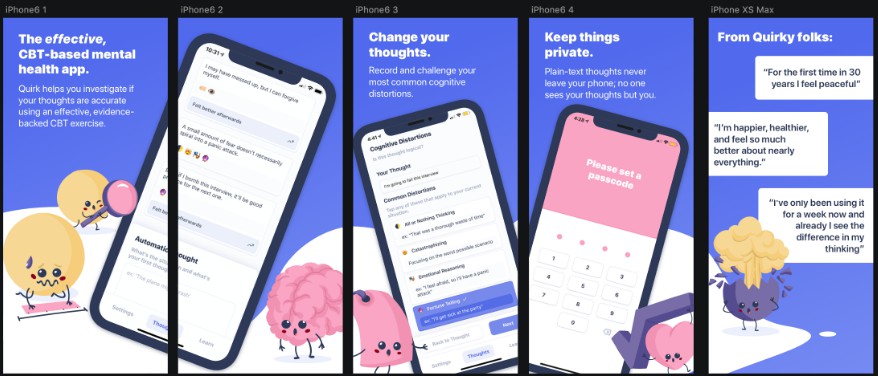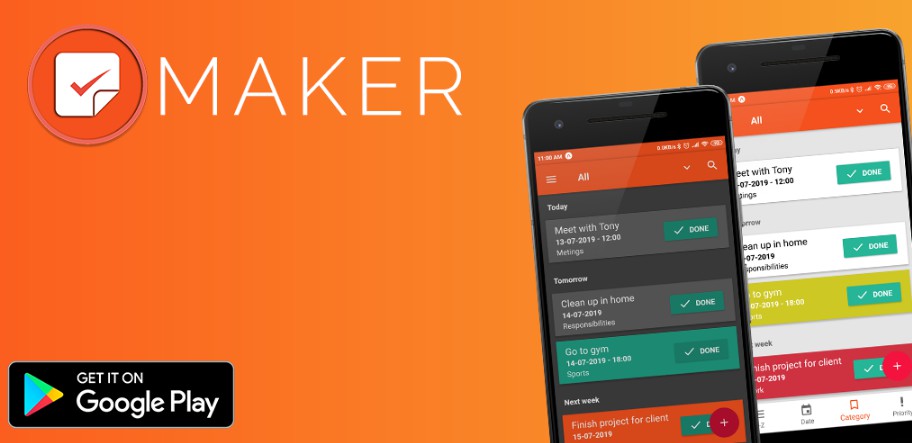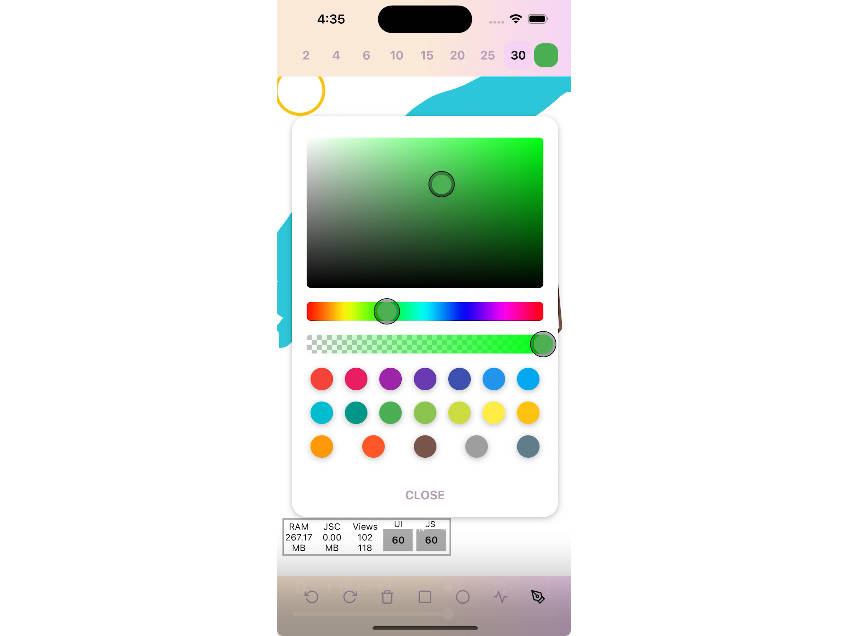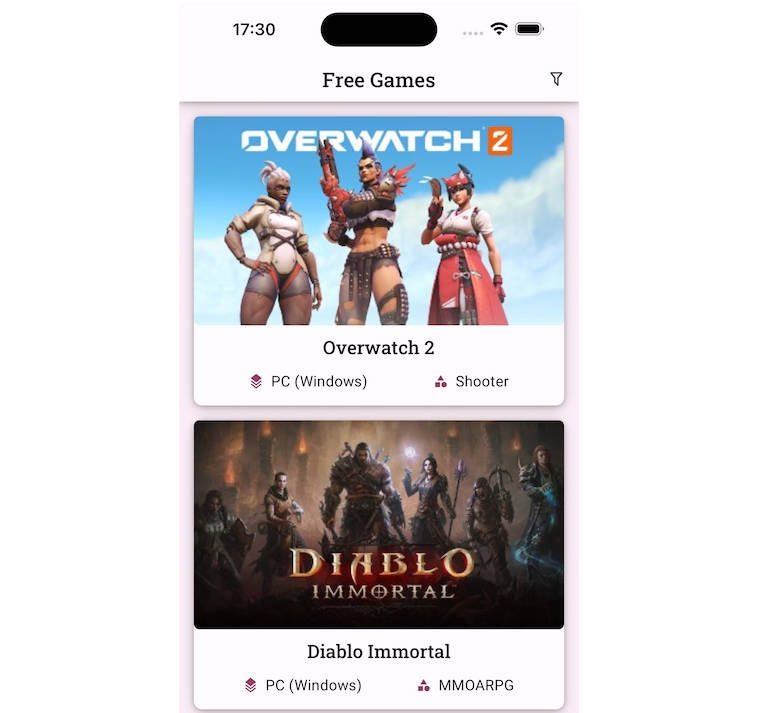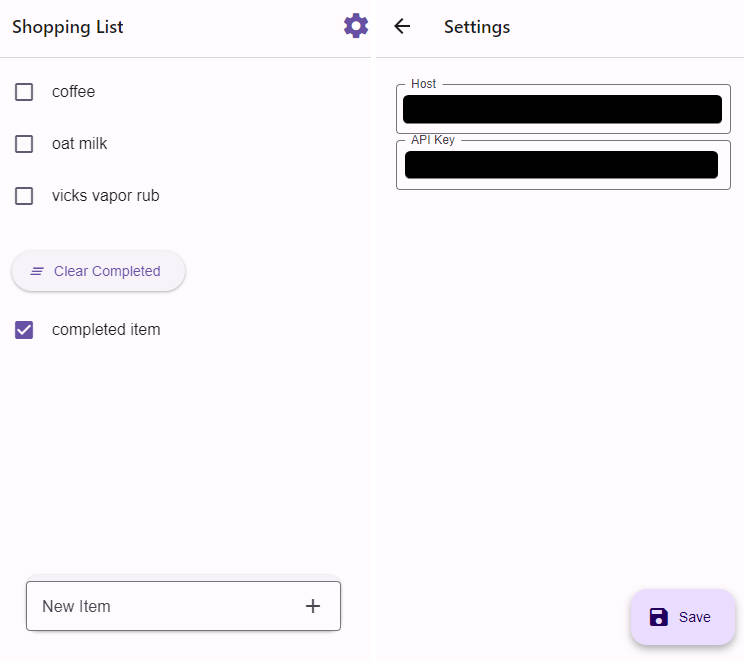quirk
Quirk is a crossplatform, GPL-licensed, Cognitive Behavioral Therapy (CBT) app built in React Native / Expo.
Unlike many CBT apps, it's fairly unbiased in what you use it for; it doesn't ask about you to do depression-specific CBT exercises. That makes it fairly quick and discreet to use, especially in a public setting.
How Quirk Supports Itself
In order for Quirk to support itself, it charges a small subscription fee. Currently it's $5.99 / month in the US, which is roughly the cost of a cup of coffee. This helps pay for a full-time developer to make Quirk not-dead and generally good.
The Survival Law of Product Design
To understand why we do a subscription, we can look to the Survival Law of Product Design, a fancy term I just made up. When you make a product, whatever keeps that product alive becomes the primary force of design.
For example, facebook.com is not Facebook's product, facebook.com/business/ads is Facebook's product. Because 0 dollars are made from facebook accounts, only from advertisers that pay to get access to those facebook accounts. The way you keep the lights on ultimately shapes the product you make.
So if you want to make a good product that helps folks, you should pick a model of sustainability where the financial incentives of the organization are aligned with the individual interests of the users.
After a lot of tries with other models, that ended up being a subscription. In a subscription, the primary metric is retention: are people still using this thing? If retention drops, people cancel their subscription and you no longer get to exist.
The only solid way to have good retention is to create something that is actively useful and good. Similarly, the only way to get any value from CBT is to consistently do it.
Running Locally
Quirk is built on React Native and therefore assumes you have node installed.
Yarn is preferred over NPM as a package manager.
# clone the project and cd into it
git clone [email protected]:Flaque/quirk.git; cd ./quirk
# copy the sample .env (edit as required)
cp .env.sample .env
# install dependencies
yarn
# start development environment
yarn start
You'll then be in the expo development environment.
If you already have XCode installed with a simulator, you can just press i to start it.
Can I help?
Of course!
If you like the app, go give it 5 stars! It helps more people find the app.
If you're a mental health professional, audit the descriptions of the cognitive distortions. If you have suggestions, let me know and we'll change stuff!
If you can draw and can make digital illustrations of the little blobs, let me know and I'll find a place to stick them in the app!
If you know a language other than English, help us translate the app!
Design
Quirk's goal is to be both inviting and focused. It should be really easy to enter in a thought; people frequently enter these in public settings and need to do it fairly quickly. It also should not cause any increased frustration.
Design Logic
Quirk is built with two main goals in mind:
- Don't be bloated
- Don't be evil
Don't be bloated
Don't include features for one particular condition at the expense of other conditions. For example, don't couple mood tracking to thought tracking. If a user has to enter a mood in order to track a thought, then the entire app is ruined for people who use it for panic, OCD or another condition where mood isn't the primary focus.
Don't include non-CBT related treatments without good reason. No relaxation audio tracks or meditation guides. It's a CBT app, keep it focused on CBT.
Don't include things that could be better accomplished by another app. No one needs an in-app diary when a diary works just fine. No one needs an in-app heart rate tracker when a heart rate tracker works just fine.
Be quick and efficient. Thoughts shouldn't take 5 minutes to enter and you should be able to skip fields if it's reasonable. Don't let the perfect be the enemy of the good.
Don't be Evil
Thoughts are more valuable than passwords, treat them that way. Most people would rather give over their passwords than their CBT thoughts. They're incredibly private, occasionally involve other people, and frequently are embarrassing.
Don't have $200 dollar in app purchases. I'm looking at you CBT Thought Diary. I get it, developers need to make money. It costs a lot to just keep the app on the app store. But you're preying on vulnerable people. Very few people of rational mind will purposely spend $200s for a dark mode.
Don't have dumb notifications. Scheduling is fine, abusing push notifications so your app has better traffic is scummy and gross.
Be open. Not every app has to be open source; it's a hard choice to make. But be clear and obvious within the app about what's going on with the user's data. Don't be sending it to some server without making that clear within the app, especially if it's not providing any extra utility to the user.
Don't push people to be unhappy. Do not purposefully or accidentally force people to be unhappy to use their app. Don't force people to state their unhappy in order to access a feature. It's easy for this to sneak up in the design, if a user has to rate their happiness below average in order to access the CBT features, you're asking them to be unhappy to use your app.
Be extremely cautious about making engagement your core metric. User engagement is fine to be concerned about. We all want people who need help to be actually engaging in the help. But holy moly becareful about this. You do not want to drive something that is for many people a treatment into a self-perpetuating engagement loop. A ruthless focus on engagement has caused many a product to become skinner boxes. No one should ever be addicted to your mental health app.
Engineering Logic
Quirk must not lose user data. The entire point of the app is to record your thoughts, so if you lost them it would be pretty bad. As stated in one study:
While an app failure in general can be inconvenient and annoying, it can have serious consequences in the context of mental health apps—someone who has come to rely on an app for emotional support can find a failure “devastating.”
Therefore, data management should be given a higher priority than any other part of the app.
Taxonomy and Order of Data Failure Cases
The following is a list of extremely bad behaviors and states that could happen in order of severity.
1 - Large Scale Data Corruption
All thoughts have been corrupted somehow. For example, the JSON format of every item is wrong. This is put at the top because not only can a user not access the data, but it may spiral out can cause continuing errors forcing the app to be "bricked."
2 - Large Scale Data Loss
All thoughts have been deleted without any hope of recovery.
3 - Small Scale Data Loss
A small amount of data has been deleted without any hope of recovery.
4 - Small Scale Data Corruption
A small amount of data has been corrupted in a recoverable way. The user still has lost data, but the app does not crash, and this is potentially fixable via an update.
